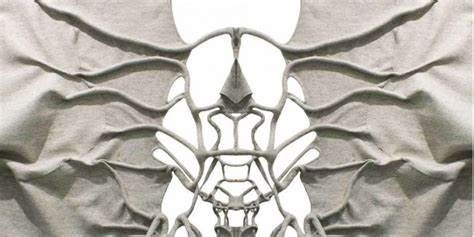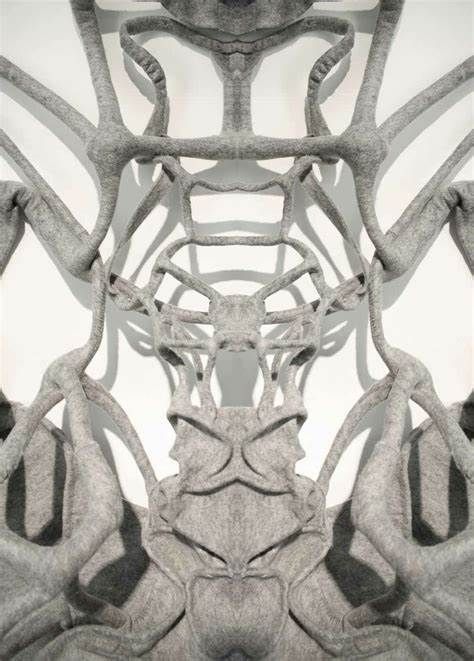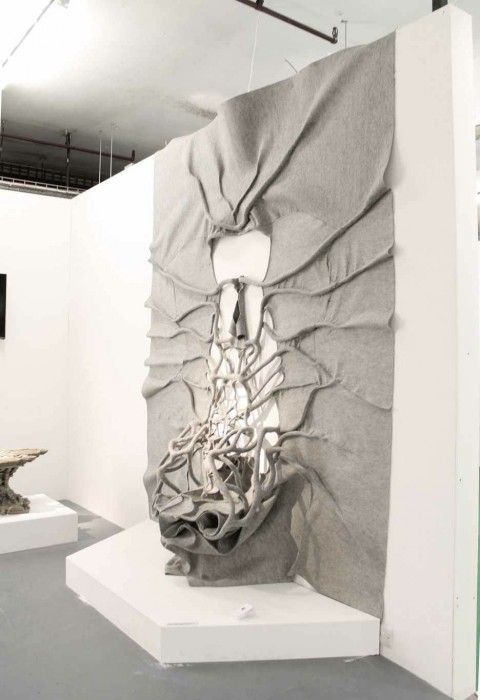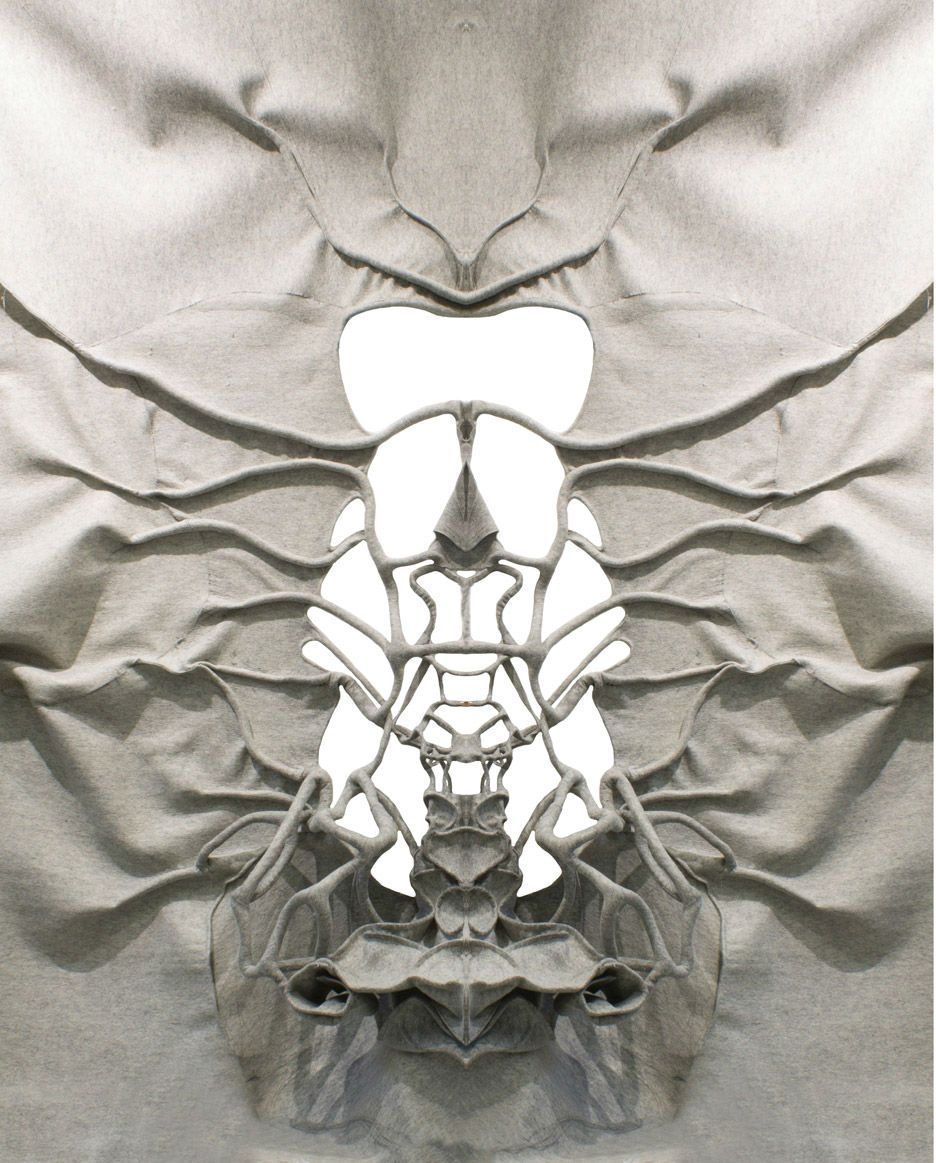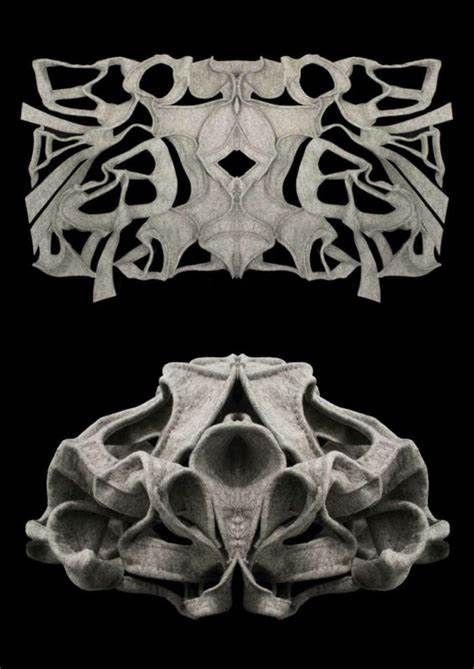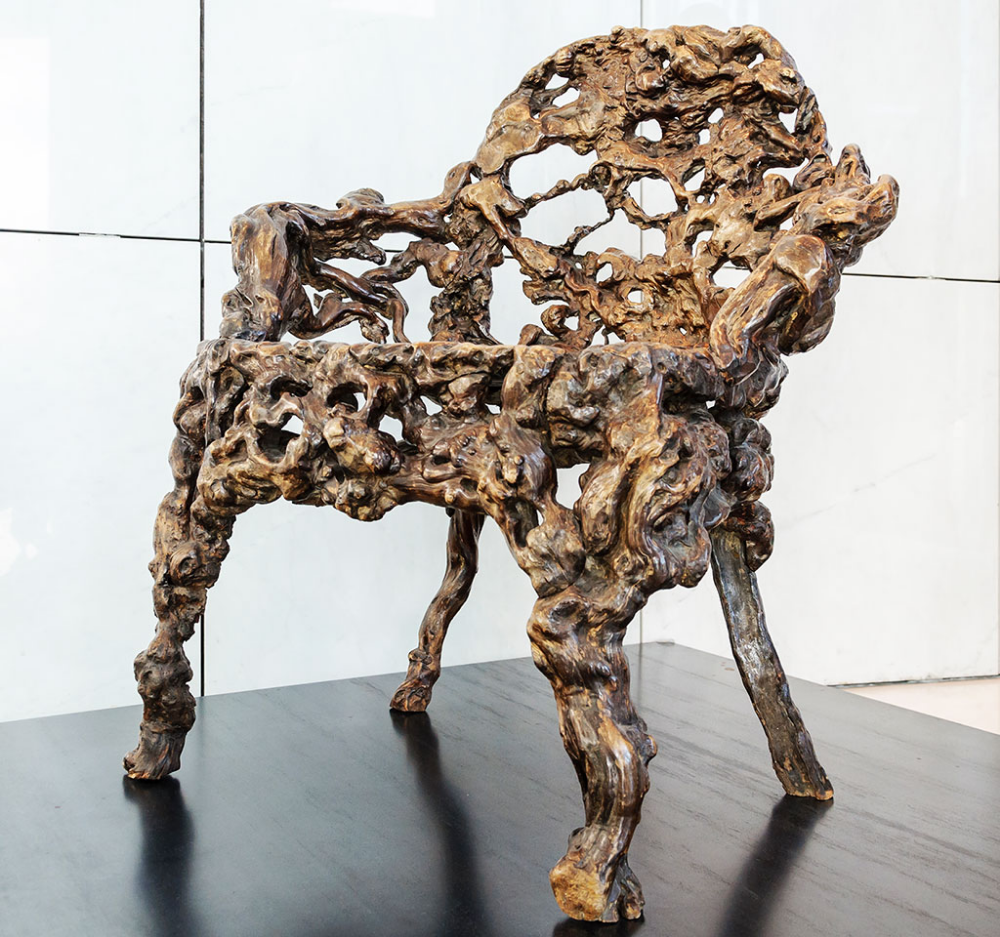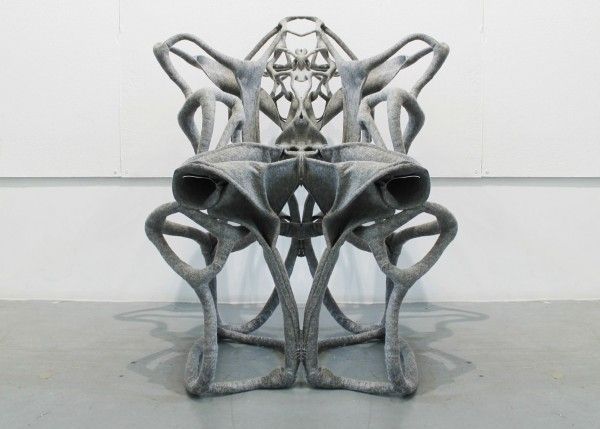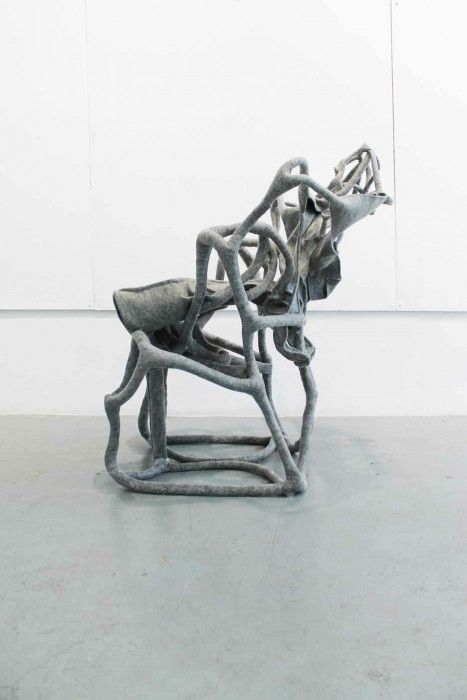With numerous myths spinning the tales of its origins, the textile we know as ‘Felt’ is being used in legendary ways today by the innovative students of the Bartlett School of Architecture, UCL. Felt, combined with resin, which serves as the main hardening substance, forms a Composite material, which, Somdutta Majumdar, I-Ting Tsai, Xixi Zheng, and Yiri Yun, the students of the prestigious College, developed under the guidance of Daniel Widrig, Soomeen Hahm and Stefan Bassing. This new material when stitched together has been shown as a novel method to create tubular furniture. The project, which was showcased at the Bartlett School of Architecture’s 2015 B-Pro show in London (29 September-10 October), presented the concept in the form of self-supporting chairs. ‘Fabrick,’ as they like to call their project, involved precision in terms of the amount of resin to be added to Felt just so as to not make the fabric too heavy. After stitching and shaping it, the only thing left is to let the resin harden to form the furniture, right out of your imagination. Since the rigidity of the Composite is subject to flexibility depending on the varying quantities of resin mixed with Felt, a sort of texture-play is possible with the designs, lending it a soft touch when desired so and hardness when required. The same material can even have various composites. The method of creating furniture that looks unbelievably fantastical is quite simple actually. One needs to cut, with a laser cutter, small portions from a flat piece of the Composite and then mold them into tubular structures that would support the weight during the setting time of the resin.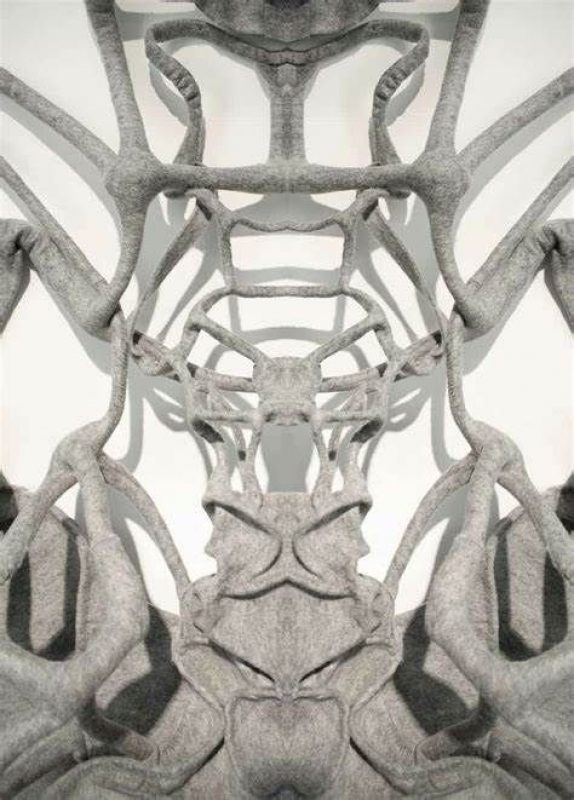
“This particular technique of creating tubes and seams gives the fabric the initial structure to hold its form by itself” “The chair design is created by the same process of machine cutting the felt and letting the fabric stand on its own after which the composite is hardened, the fabric itself becomes the legs, seat, and backrest, being the sole material used in the design.” The furniture for demonstration included a chair that seems to be grown out of roots sprouting from the surroundings, entwining and tangling into each other to make a cradle for us to sit in. Another exemplary piece featured a chair seemingly making its way out from a network of ribbons on a flat panel. Majumdar conveys to us here that they have kept the fabric “hard as stone” in some parts of the chair, and quite the opposite in others. In order to come up with the weirdly delightful shapes of the chairs, the students developed a digital technique wherein they could stitch the fabric on a computer and get digitally inspired. Fabric is the Exhibit ‘A’ specimen for the very near future of not only furniture-design but other creative endeavors as well.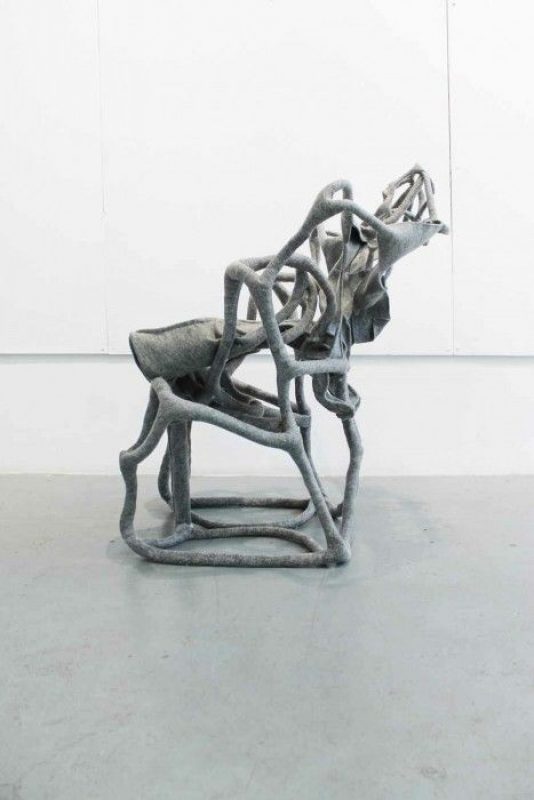
By: Antara Jha


